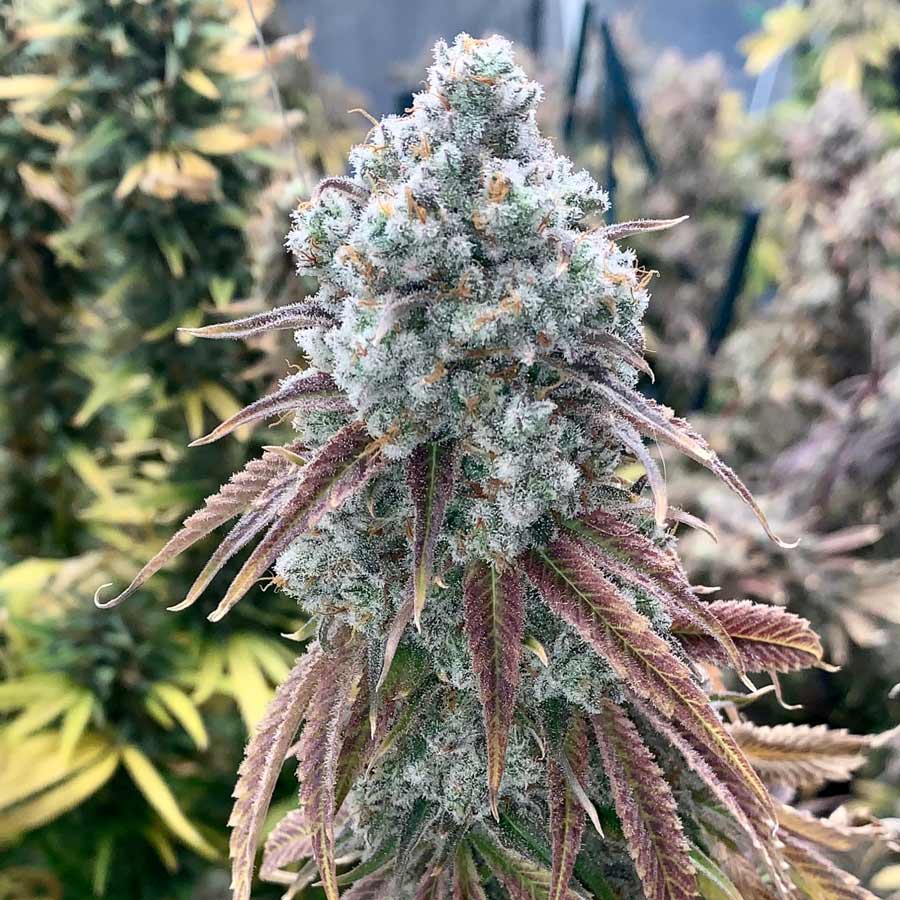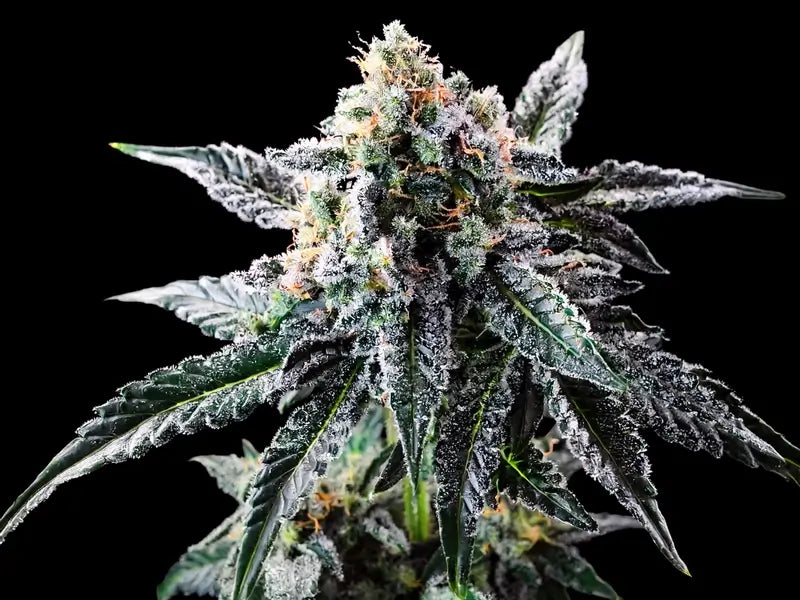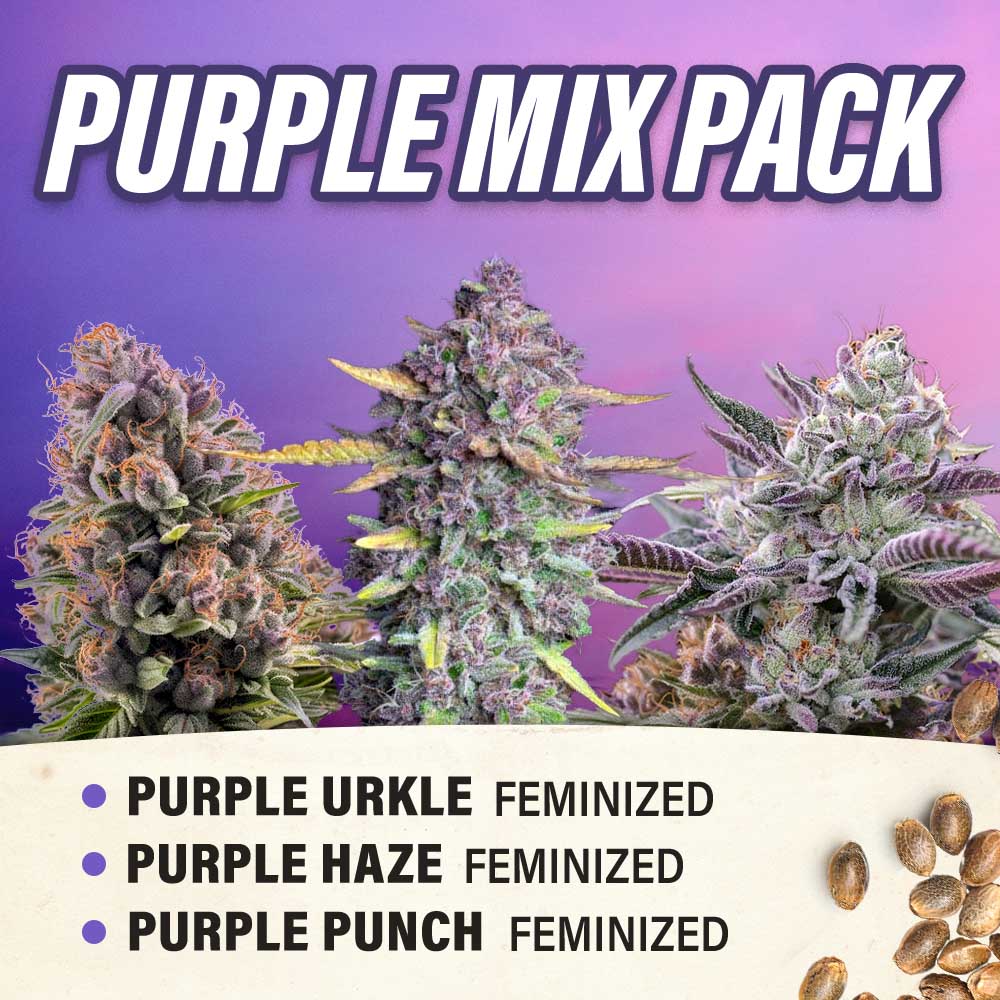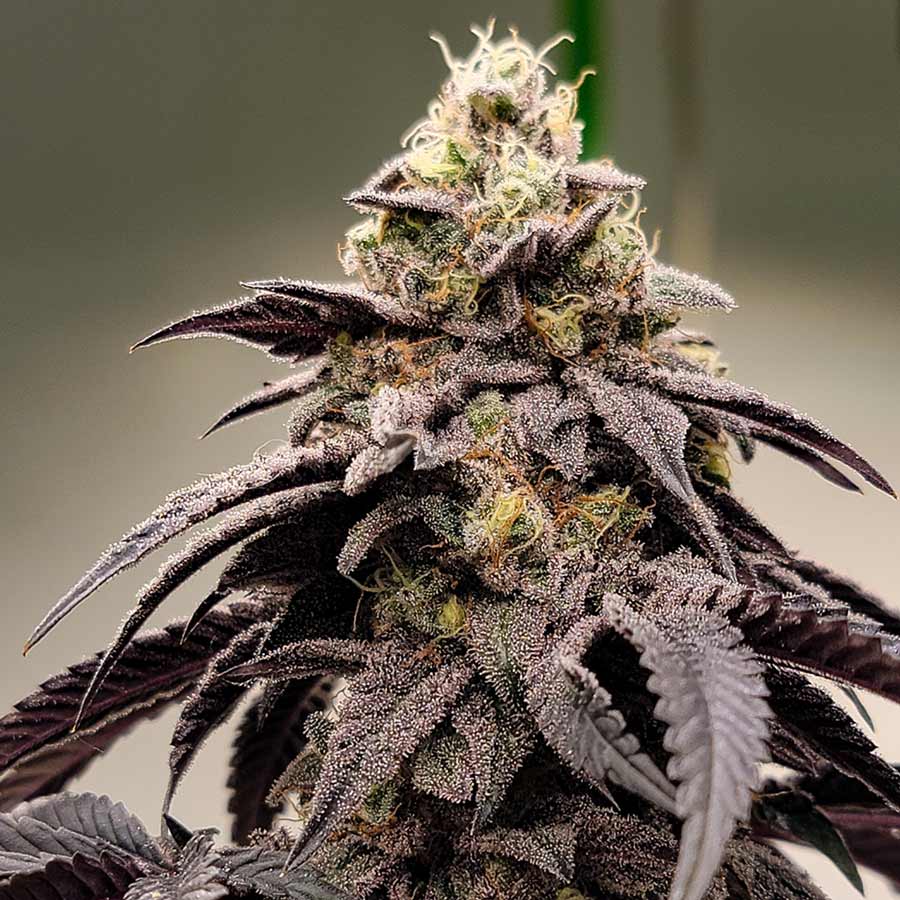Autoflower Seeds: 5 Signs of Good Autoflowering Weed Seeds

If you’ve ever shopped for autoflower seeds, you know it can feel a little overwhelming. With so many strains, promises of fast harvests, and talk about yields, it’s hard to know what really makes a seed worth planting.
The good news? Spotting quality autoflower cannabis seeds isn’t complicated once you know the signs. Let’s break it down so you can start your grow with confidence and set your plants up for healthy growth from day one.
Key Takeaways
- Autoflower seeds flower automatically with age, making them easier to grow than photoperiod strains
- Good seeds are dark, striped, firm, and free from cracks or pale coloring
- Buying from trusted breeders ensures strong genetics and higher germination rates
- Reliable strain details (THC levels, flowering time, indica/sativa balance) help growers plan ahead
- Healthy autoflowers usually sprout quickly, stay compact, and can yield multiple harvests per season
What are Autoflower Seeds?

Autoflower seeds are cannabis seeds that grow into plants which flower automatically, without needing specific light cycles to trigger flowering. Unlike traditional photoperiod strains that rely on changes in light exposure, autoflower plants start their flowering stage based on age, usually within the first few weeks.
This unique trait comes from their genetics, making them easier to manage for new growers and a favorite for experienced growers who want faster growth, multiple harvests, and impressive yields in a shorter growing cycle.
Autoflower Vs Regular Cannabis Seeds
The main difference between autoflower seeds and regular cannabis seeds lies in how they begin flowering. Regular cannabis seeds, also known as photoperiod strains, need specific light schedules to trigger flowering, which means growers must carefully manage light cycles.
Autoflowering cannabis, on the other hand, flowers automatically with age, regardless of light exposure. This makes auto seeds more beginner-friendly, faster to harvest, and ideal for growers with limited space or those seeking multiple crops in a year, while photoperiod counterparts often allow more control over size, training, and yields.
How to Know If You’re Buying Good Autoflower Seeds
When you’re shopping for autoflower seeds, not all packs are created equal. Knowing what to look for helps you avoid stunted growth and wasted time, and it sets you up for healthy plants and impressive yields. Here are the key signs that you’re getting quality autoflower cannabis seeds:
Appearance and Color
Good autoflower seeds usually have a dark brown or grayish tone with natural tiger-like stripes or speckles. They should look mature, with a slightly glossy finish. Seeds that are pale, green, or cracked often struggle to germinate and can lead to weak plants.
Hard Shell and Durability
High-quality cannabis seeds feel firm and hard when gently pressed. Autoflower seeds feminized for reliable growth won’t crumble or crack under light pressure. If a seed feels too soft, it likely won’t make it past the seedling stage.
Reliable Source
Buying from trusted breeders or seed banks makes a huge difference. Many growers recommend avoiding random sellers and instead choosing companies known for stable genetics, healthy growth, and consistent autoflower strains. This also reduces the chances of ending up with photoperiod strains by mistake.
Germination Rates
Good seeds show strong germination rates, often sprouting within a couple of days when started in a moist paper towel or directly in a balanced soil mix. Seeds with poor viability may take too long or fail to sprout, leading to uneven growth and disappointing harvests.
Genetics and Strain Information
Reputable sellers provide clear details about the strain, including flowering time, THC levels, and whether it’s indica dominant or sativa leaning. Solid genetic information means you can plan your growing cycle, feeding schedule, and setup with confidence.
How to Cultivate Autoflower Seeds
Growing autoflower seeds doesn’t have to be complicated. With the right steps, you can guide your autoflower plants from seed to harvest smoothly, avoiding common pitfalls like root rot or stunted growth. Here’s a simple roadmap:
- Germinate the Seeds – Start your autoflower seedlings using a moist paper towel, peat moss plug, or directly in a light, airy soil mix. This encourages strong root development right from the start.
- Choose the Right Growing Medium – Many growers prefer coco coir, soil, or blends with perlite and peat moss to support nutrient uptake and prevent root rot. A well-draining medium ensures healthy growth during the first few weeks.
- Set the Light Schedule – Autoflowering cannabis thrives under continuous light or 18–20 hours of daily light exposure. Unlike photoperiod strains, you don’t need to adjust light cycles to trigger flowering, which makes it easier for indoor growers.
- Maintain Proper Conditions – Keep temperature fluctuations and humidity levels in check. Enough light, good airflow, and stable growing conditions help prevent issues like bud rot, pests, and light stress while supporting compact size and healthy plants.
- Follow a Feeding Schedule – Autoflower varieties need balanced nutrients for strong root development and impressive yields. Start with lighter feedings early on, then adjust as the flowering stage progresses to support bigger buds and high THC levels.
- Harvest at the Right Time – Most autoflower strains reach harvest in 8–12 weeks. Check trichomes for cloudy or amber tones before cutting. After drying, store buds in glass jars to preserve potency, flavor, and psychoactive effects.
Final Thoughts

Autoflower seeds make growing cannabis more accessible, whether you’re a new grower looking for faster growth or an experienced cultivator chasing multiple harvests in a season. By choosing quality seeds and following the right steps, you’ll enjoy healthy plants, impressive yields, and a smoother growing cycle.
If you’re ready to start your own journey, check out the best autoflower seeds here and see how simple it can be to grow autoflowers from seed to harvest.
Frequently Asked Questions
How long do autoflower seeds last in storage?
When stored properly, autoflower seeds can remain viable for several years. Keep them in a cool, dark place, ideally sealed in glass jars with minimal light and moisture exposure. Many growers add silica packets to control humidity, which helps prevent mold or early germination.
Can autoflower plants handle training techniques?
Yes, but they respond best to low stress training (LST). Because autoflowering cannabis has a short growing cycle, high-stress methods like topping can slow growth or reduce yields. Gentle bending of branches early in the first few weeks can improve light penetration and airflow without stunting growth.
Are autoflowers suitable for outdoor growing?
Autoflower varieties are well-suited for outdoor grows since they don’t rely on changing light cycles. They can handle continuous light during long summer days and often resist pests and temperature fluctuations better than some photoperiod counterparts. Multiple crops are possible in one season, especially in warmer climates.
Do autoflowers produce less potent effects than photoperiod strains?
Not anymore. Modern breeding techniques have created autoflower strains with high THC levels and potent effects comparable to photoperiod strains. Some even rival top-shelf photoperiod strains in psychoactive effects, making them a solid choice for both recreational and medicinal growers.
How much space do I need to grow autoflowers indoors?
Autoflowers typically stay compact in size, which makes them perfect for growers with limited space. A small tent or dedicated corner with proper light exposure and ventilation is enough for healthy growth. Despite their size, they can still deliver xl yields with the right feeding schedule and growing conditions.



